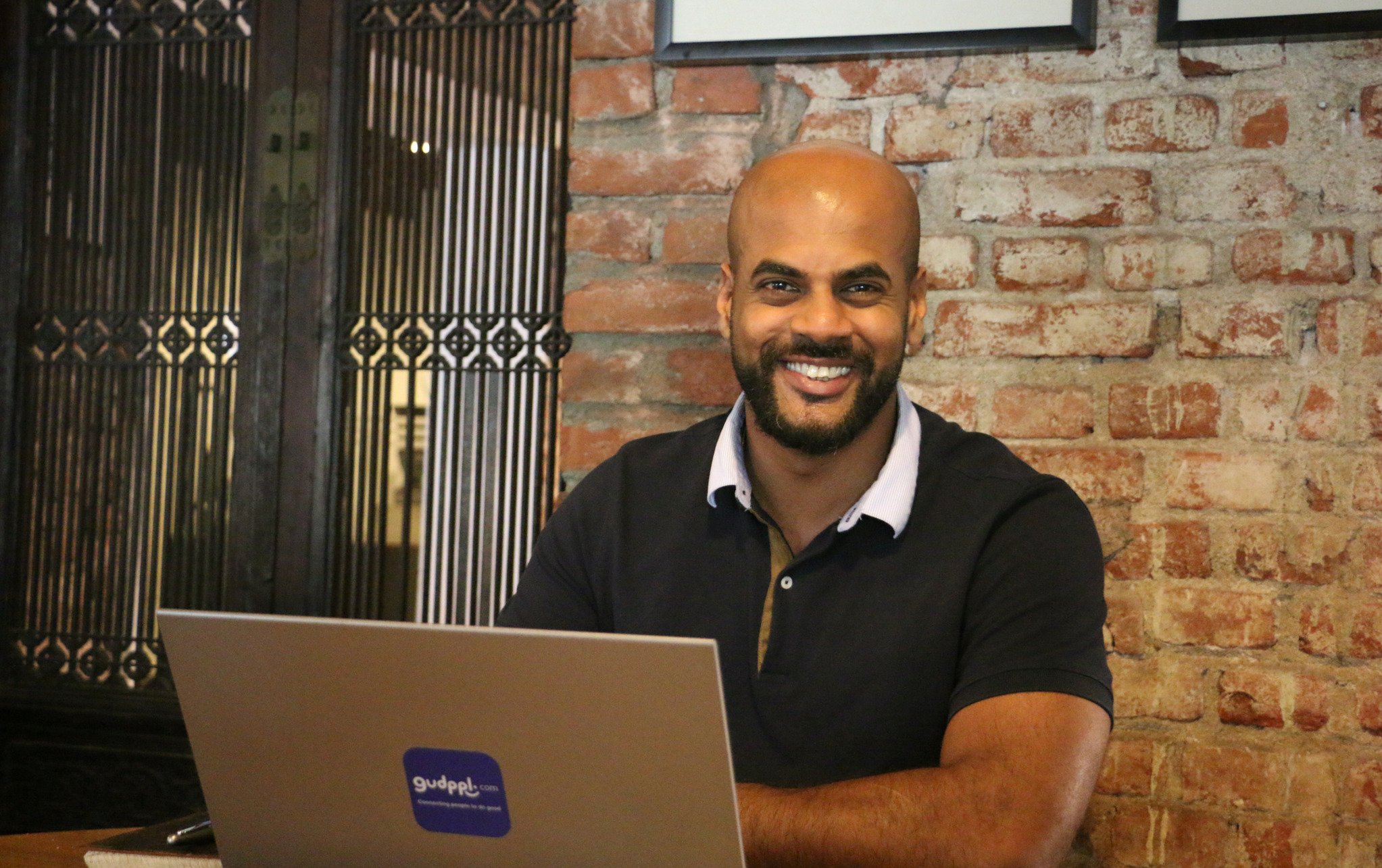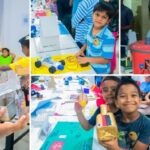When Harinda first pitched gudppl back at Infotel 2016, little did people know what it was about exactly. A new social network that connects people to do good, might sound like a bit of a cliche. But come 2018, this new social network has assisted over 250 projects in less than two years.
One can also say it’s a platform that bridges the gap between people who want to volunteer, with people who need volunteers. But how exactly did this idea come about? We recently met up with the man behind it all, Harinda Fonseka. Here’s his story.
Early life
Ever since he was a kid, Harinda had a fascination with detectives. He always wanted to be one, or at least the closest thing to it, a police officer. Even at 20 years old, his idea of becoming a hero of justice was still dormant in his mind. Serious as he was, Harinda decided to focus on getting involved in the private sector instead. This would be in the form of having his own private security firm.
Come 2005, Harinda moved to Canada, where he followed a private security-related law and security administration program. As one might expect, this decision made some of his family members nervous, as it was an uncommon choice. Nevertheless, he followed through with his studies, while working a few odd jobs that included being a waiter and a bouncer. Upon completion, he decided to join a hospital in Canada as a Security Guard. This is where his life took a turning point.
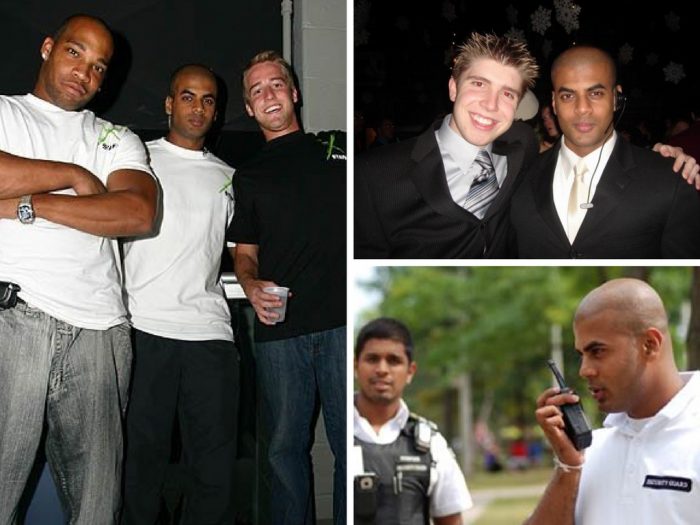
Being a security guard at a hospital offers diverse experiences to an individual. A key reason is that a security guard is the first point of contact when entering a hospital. He/she is literally the face of the hospital. Harinda recalled his experiences within the first 2 weeks itself comprised of witnessing a baby being born, a baby being born and nearly dying, and a person dying.
Taking a different perspective on life
Being a security guard at a hospital is very different to that of being one elsewhere, Harinda notes. A person usually comes to the hospital to see a doctor or a nurse and a security guard may be the last person they’re expected to see. He shared the story of how he almost witnessed the death of a newborn baby. The baby had gone into cardiac arrest at the time. But thankfully, with the effort of a team of healthcare professionals, the baby’s life was saved.
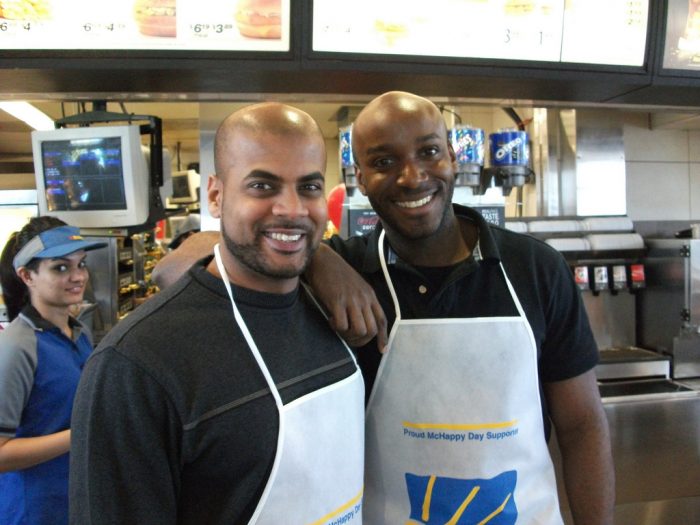
Seeing the level of empathy and compassion from those healthcare professionals struck a chord with Harinda. Adding to that, he stated how the hospital had quite a few volunteers helping out on a weekly/monthly basis. Some of these volunteers had actually spent 20 – 30 good years of their lives being a part of the hospital. Everything Harinda saw and learned there, he says, gave him a new perspective on life.
Coming back to Sri Lanka
Fast forward to 2014, Harinda comes back to Sri Lanka. One of the reasons was that he wanted to serve the country. The other is that his father was ill; so he wanted to spend quality time with his parents. Meanwhile, his idea of starting his own security firm was still in his head. He worked at a security company. But what he soon came to realize is that it wasn’t the right fit for him.
There are enough and more Sri Lankans that want to create growth in our communities. Just creating that opportunity and connecting them is the key
Harinda FonsekaNevertheless, Harinda already had a list of things he planned on achieving after coming back to the island. One of them was volunteering. He found the existing volunteering process somewhat frustrating. Most of the volunteering opportunities available were limited to one’s own network.
The usual process is to volunteer either through your own community or via the well-known organizations. It was here, that Harinda questioned the feasibility of starting a progressive security firm in Sri Lanka and what he really wanted to do with his life. So, he pivoted to a different idea. He wanted to address the brain drain issue in our country.
Trying on an entrepreneur’s shoes
At the core, for Harinda, it’s all about helping people. He thought of creating a platform to address the brain drain, where someone from one country could teach a certain skill or subject to someone in Sri Lanka. Imagine somebody wanting to teach Business Management or Photoshop abroad, to somebody in Jaffna or Galle. This platform would have 2 versions. The first is the paid version. This is where the mentoring services were provided for a price.
What matters is that your actions should leave the society in a better state than it was, even by a minuscule margin
Harinda FonsekaThe other was the volunteering aspect. This is where a mentor is able to provide the services free of charge should he/she choose to. He pitched this idea to Sachindra Samararathne, Project Manager at ICTA, and a few of his other friends.
Upon hearing this, Sachindra encouraged him to explore the idea of the volunteering component a bit more. Why? Because platforms for volunteering were almost non-existent.
Hello gudppl
Harinda started researching the volunteering sector. What he found was that there was room for improvement in the platforms for volunteers. Even in Sri Lanka, there were only a few websites. But these were more or less listing sites for volunteer projects. Interaction here was very limited. For example, someone might post a project on one of these websites. People may attend and that would be it. He wanted to create an interactive platform that inspired and facilitated more volunteerism and collaboration.
After much reading and researching, he realized what’s needed and what he wanted to do. There are quite a few groups that continue to serve different communities almost on a daily basis. Although they make a serious impact on society, more often than not these groups are hardly even known among the general public.
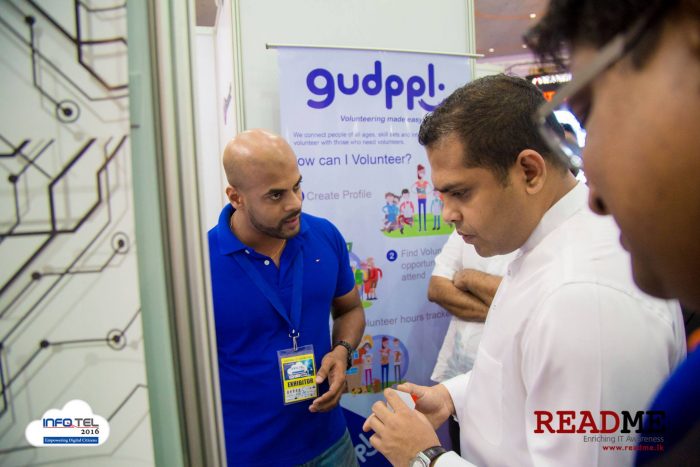
Harinda felt the need for a platform that tackles problems at a community level, and connecting these volunteering groups with the entire community is only part of it. But what can we give in return for these people? was Harinda’s next question. Enter gudppl.
It’s a platform with a goal to make a positive and meaningful impact through volunteerism. But connecting people who want to volunteer with people who are looking to volunteer is one component of gudppl. Another part is the social footprint. This is where all your contributions as a volunteer are logged on a social profile. Think of it as an online CV, but for volunteering. This can be useful when applying for universities and jobs.
When inspiring communities come together
On the 5th of December, gudppl organized “gudppl Collaboration 2017”. It was the first-ever summit that was dedicated to bringing non-profits, charities, NGOs, students, volunteers, CSR professionals, etc. to one location. Gudppl wanted to show the impact we can make when different communities with similar passions come together. He shared a few stories from Collaboration 2017 to prove his point.
1. Going dental with the Salvation Army
One of the participants for the event was an NGO named Dental Care International. This organization offer training to young girls who are leaving care homes at the age of 18, to become dental care assistants. Upon meeting with the Salvation Army, the 2 organizations are now exploring ways to partner and collaborate.
2. Finding purpose again
Harinda also shared the story of a lady who had lost her daughter a year ago. Following the tragic loss, the lady had never really gone out to functions or events of any sort. But after attending gudppl Collaboration 2017, she decided to get involved in the community through volunteering.
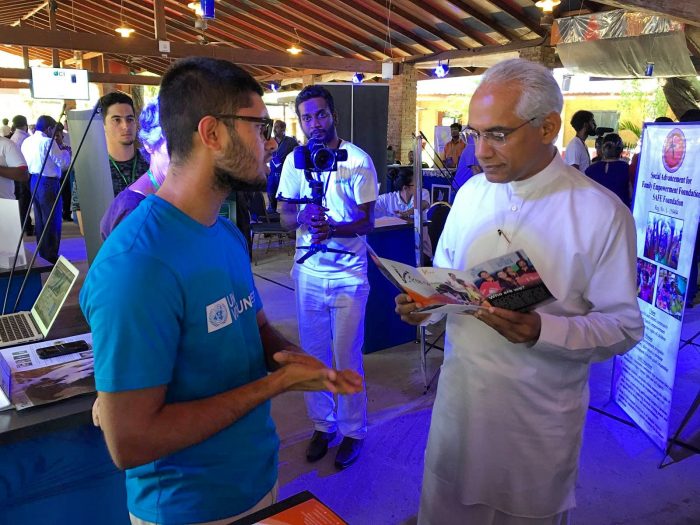
If you’ve ever pitched a product, then you would know validation is a vital part of turning your idea into a feasible solution. The above 2 examples tell the same story for gudppl. But as with all startups, it’s certainly not without its challenges though.
An uphill battle
As of now, gudppl have over 1700 people signed up on the platform. The numbers have seen a slow, but steady growth ever since its inception back in 2016. But numbers are hardly the problem for Harinda and gudppl. He notes that most of the issues he faces are currently on the tech side of things.
Speaking to ReadMe, he stated, “we have encountered different challenges due to various reasons, however, we’ve used them as learning opportunities. Some of the delays have helped us re-strategize and make necessary changes to improve the experience for our members.”
During the initial days, everything had to be done manually. This meant calling up people and explaining about gudppl. Essentially, they were selling an idea instead of a product. As a social enterprise, gudppl hopes to offer a premium version of the platform in the near future, a model similar to that of LinkedIn.
Long way to go
Harinda notes that the platform isn’t just for individuals. In the coming future, this will cater to organizations as well. Similar to that of an individual, a company would have a social profile as well. Here, people interested in the company would be able to learn about the types of impact the company had made in their communities.
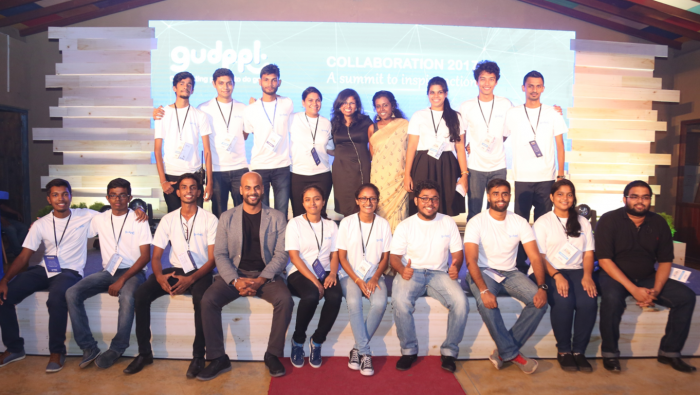
Additionally, this would also mean enhancing transparency and a sense of responsibility towards society, particularly from a company perspective. The gudppl platform would allow companies to serve communities better with their CSR initiatives while still aligning with companies’ missions.
The world needs more social entrepreneurs
For Harinda, it’s all about trying to give an experience to members where gudppl is meaningful as well as impactful. Having supported over 250 projects in less than two years, he feels that gudppl is getting there as a platform.
From a personal perspective, he believes that the world needs more social entrepreneurs and civic entrepreneurs. Building a social enterprise would entail positively helping people, our planet while having a revenue model to sustain these initiatives. Harinda describes this in his own words saying, “There is nothing wrong with this line of thinking. What matters is that your actions should leave the society in a better state than it was, even by a minuscule margin.”




